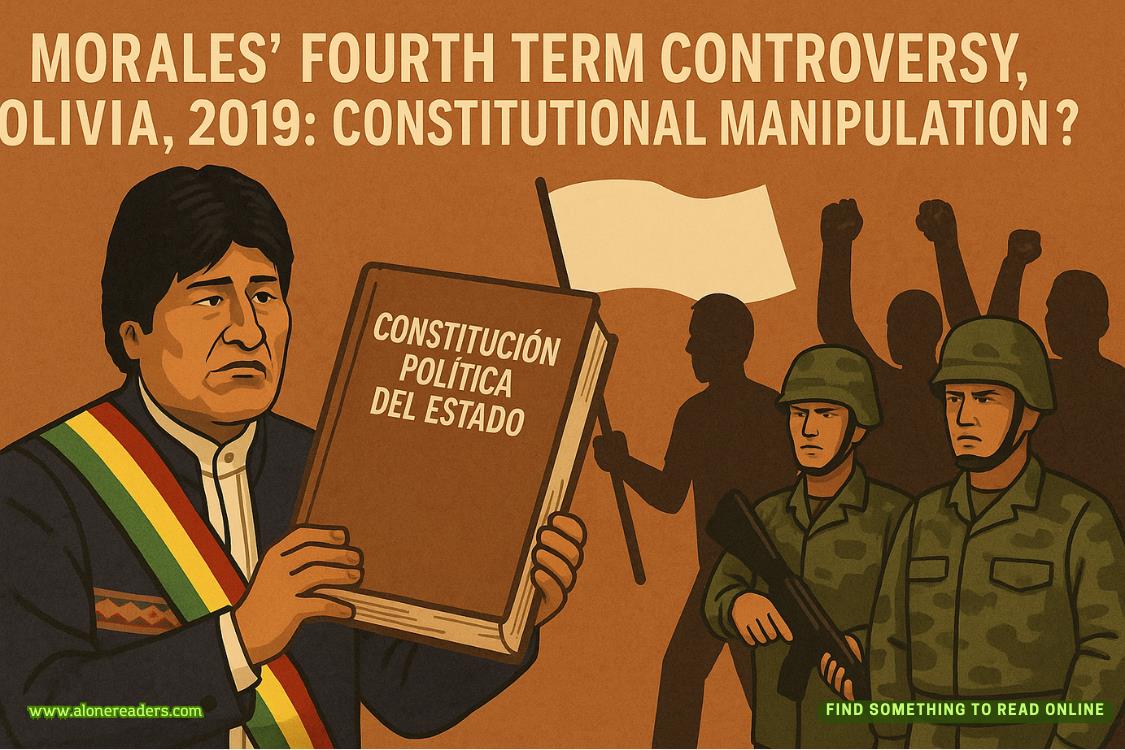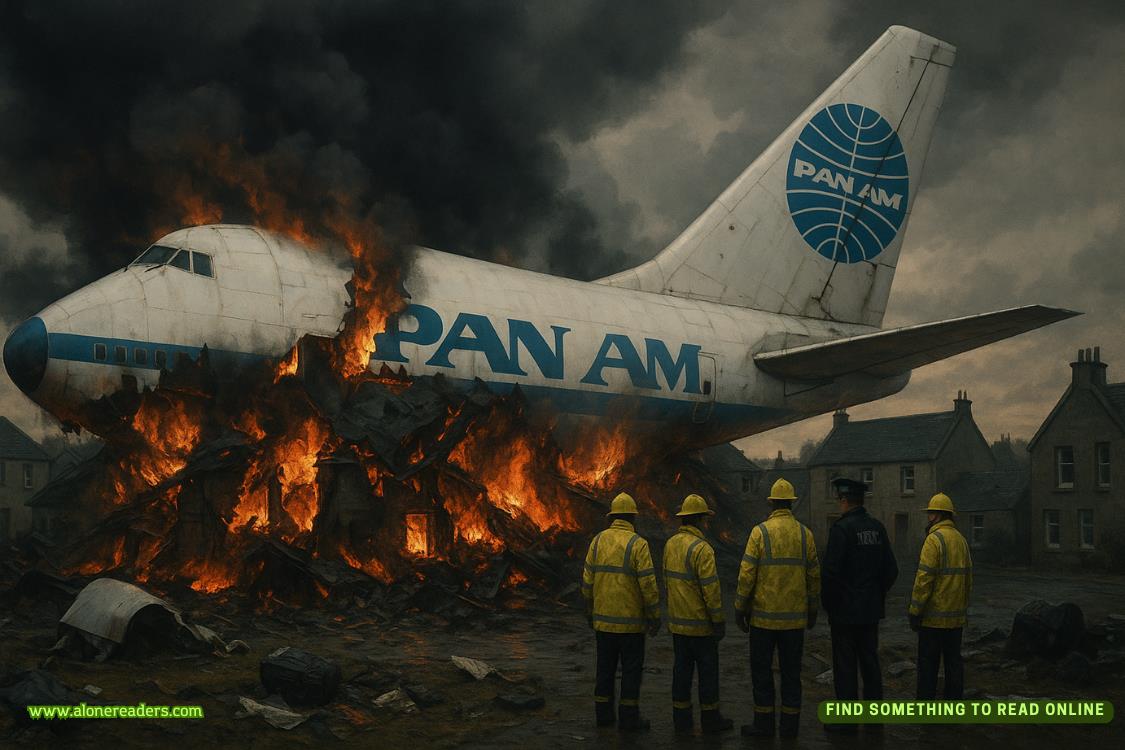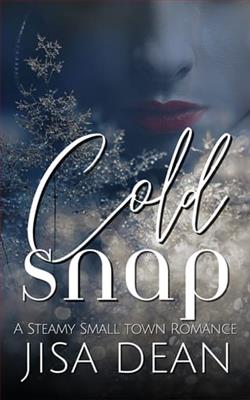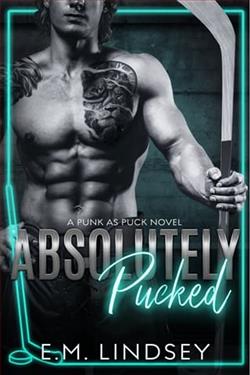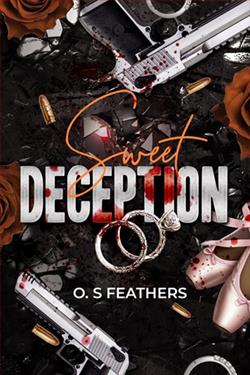Page 23 of The Nook for Brooks
The path from town narrowed the farther I walked, tapering into a dirt track that wound through maples and oaks. Their leaves whispered above me, restless in the breeze, while the occasional squirrel darted across the undergrowth, obviously conducting some urgent squirrel business.
I could still hear the town if I tried—the echo of a car door closing, someone’s dog barking—but it was fading fast. Out here the sound that took over was the river, low and constant, gurgling its way across rocks polished by a hundred years of current.
By the time I reached the old footbridge, the mill came into view. It stood on the far bank, hunched and still like a wooden monster from a fairy tale, its shoulders sloped and its timbers sagging.
The waterwheel was cloaked in moss and ivy, as if nature had gently urged the hard-working beast of burden into retirement.
I stopped in the middle of the bridge, notebook in hand. The river burbled below, its surface dappled with light. The bridge was constructed of rocks and wood, its planks uneven but solid underfoot. I leaned on the rail and let myself take it in.
“The mill is a ruin framed by water and vines, a gothic silhouette on the riverbank. It’s something Lord Byron might have written odes about if he’d gotten himself lost in Wisconsin.”
I grinned at the line and underlined it twice.
Nobody at the magazine would print that, of course. The sub-editors would delete it without thinking twice, knowing it would ostracize any readers who didn’t have a clue who Byron was. But I’d submit it anyway… because it felt true.
The whole scene was picturesque in a haunted kind of way—the kind of beauty you had to earn by stepping off the main road and letting a town’s past find you.
Crossing the bridge, I made my way to the mill’s entrance. The closer I got, the more the air shifted… it was cooler, touched with the smell of wet timber and mildew and the metallic scent of rust. More ivy snaked up from the earth, claiming the outer walls. Windows had shattered long ago, leaving jagged frames with the odd shard of splintered glass.
I tried the door, a heavy old thing warped by rain. It gave way with a tired groan, as though I’d just woken it up, while the hinges seemed to whisper to each other,“We have a visitor! Someone has come to visit us!”
Inside, the mill greeted me with stillness. With each footstep, the wooden planks moaned beneath me. I tested every board before stepping on it, half-expecting to plunge straight through into the river below.
Beams of sunlight speared through the roof in places where shingles had long since given up, catching the dust and setting it afloat like a galaxy of stars suspended in the air.
But it was the actual mechanical heart of the mill that took my breath away.
It was like a cathedral of industry.
Great iron cogs sat locked in place by webs and dust. Pulleys that once hoisted and turned now sat still as statues. I brushed my hand over one of the gears and it felt like I was touching the bones of something ancient and wise.
I could almost hear the noises it once made in its glory days—flour sacks thudding, belts spinning, the rushing of water churning, the constant creak of the wheel as it drew life from the river.
I stood for a while in the shafts of light, letting the creaky bones of the place sigh peacefully around me.
After a while, I found a set of stairs clinging stubbornly to one wall, its planks warped but still intact.
I climbed cautiously to the upper level.
Sunbeams poured in through the holes in the roof, splashing across the rafters and broken boards, turning the ruin into a patchwork of shadows and golden light.
From above, the whole place revealed itself differently—the cogs and pulleys stretched below like the skeleton of some long-extinct dinosaur while the river glinted through the cracks in the floor.
I leaned on a railing, scribbling in my notebook:“When the magazine sends a photographer, this is where I’ll send them first. The mill demands to be seen from above. Dark bones, shafts of light, beauty in decay… the very definition of chiaroscuro!”
Part of me didn’t want to leave the mill and its ghost-like otherworldliness, but I still had more to explore.
Eventually I made my way back down the stairs and stepped out into the daylight, pulling the door closed behind me, letting the mill rest once more.
I left the mill behind, following the riverbank as it twisted its way deeper into the woods. The path quickly became guesswork as I made my way over rocks and roots.
The sound of the river shifted. It was less of the gentle gurgle I’d heard on the bridge, and more of a restless push. The kind of water that was on its way somewhere.
Then, somewhere ahead, I heard it… a deeper roar, steady and thunderous.
By the time I rounded a bend, I saw the spray catching the light.
Rainbow Falls wasn’t Niagara, but it didn’t need to be. It was its own kind of wild.






